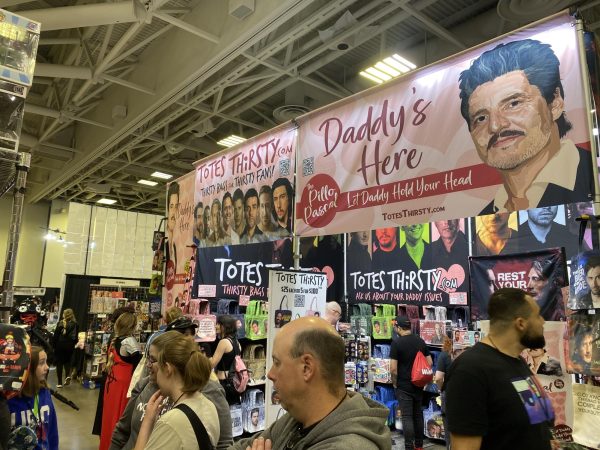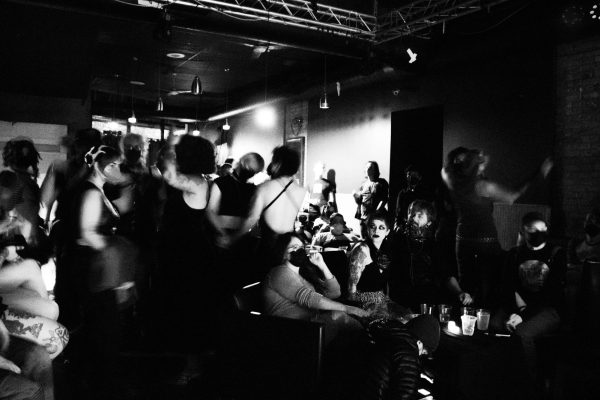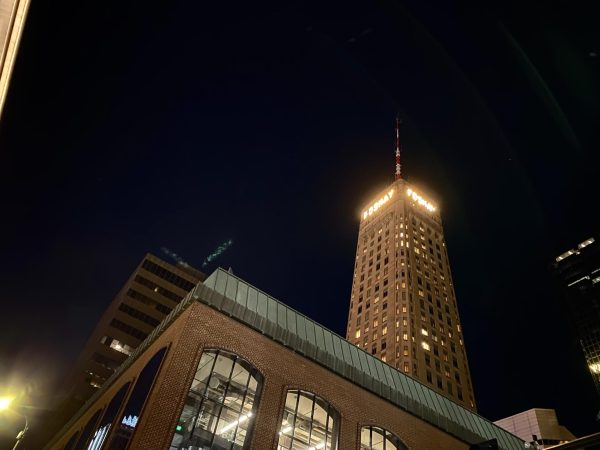Minneapolis is not known for its rap music scene.
Other than Prince, most discussions of local artists revolve almost entirely around rock bands. However, the city is home to a community of talented rappers, singers, DJs and producers who have been ignored by a music community more concerned with national stardom than local pride.
Tim Wilson, owner of Urban Lights Music in St. Paul for over 30 years, has been involved in Twin Cities hip-hop since beginning DJing at 15 years old. A childhood friend of rap group Atmosphere, the Minneapolis native said there is never enough support in this city for local artists.
Wilson said artists in cities like New York and Detroit receive more local support than in Minneapolis. He said the community here needs a reason to support a musician, whereas other communities show more unconditional support for local artists.
“The city has to get behind somebody to get them out of here,” Wilson said.
Finding a supportive audience is one of the most common challenges independent musicians face. Independent artists are responsible for their own recording, publishing, management and promotion.
“Being an artist, you gotta wear multiple hats,” said Minneapolis rapper Fanaka Nation.
St. Paul artist Kion Rose said it can be hard to work on both his music and his branding. A self-taught rapper and singer, Rose said cultivating a fanbase can be difficult because he records multiple genres of music.
“I know my stuff is good, I just need to get it to a place where a lot of people can hear it,” Rose said.
In order to differentiate himself from other multi-genre artists, Rose focused on his social media brand. He said paying for advertisements helps, but it is too expensive.
“I’m not super great on the execution part yet, but I know how I want to build it,” he said.
Dance-pop vocalist and producer SYM1 (pronounced “Sym one” or “Symone”) said connecting with the local community used to be much easier before engagement-based recommendation algorithms. After 10 years of experience in marketing and promotion, she said she felt defeated by advertising on social media.
“Social media preys upon the fact that we want to reach out to our own communities,” SYM1 said.
Unless you get a lot of traction very quickly, SYM1 said building a brand online can be very expensive. Targeted advertising and recommendation algorithms have made it necessary for artists to tailor their brands to niche audiences, she said.
Outside social media, artists struggle to grow and find supportive local audiences.
Opening for other artists is a great experience and a great way to reach new audiences, Rose said, but it can be very difficult to find opportunities and work with bigger audiences.
“It’s hard to even get a reply from these guys, but I guess that that’s how the game works,” Rose said.
SYM1 said she has had similar experiences working with local venues. Some bigger local venues are difficult to work with and make artists sign predatory contracts, she said.
Sometimes venues require artists to sell a certain amount of tickets in advance before they can perform or require artists not to perform in the area for weeks, even months.
“They don’t support the local scene like I want them to,” SYM1.
As smaller clubs like Pourhouse close, there are few intermediate capacity venues in Minneapolis remaining, Wilson said. He said all the intermediate venues are owned by Live Nation or First Ave.
Smaller venues have helped give local artists a place to create a community and find a platform, Fanaka said. A close friend of other local acts Ozone Creations and Obi Original, Fanaka said he is both musically and personally inspired seeing his friends perform.
DIY venues, like warehouses and basements, are also important for local artists to reach new listeners.
SYM1 said she loves performing at DIY venues because of the intimate environment. However, she said the crowds at these shows sometimes do not respond to her futuristic hyperpop, which can make it difficult for her as a performer.
“It’s hard to have an aesthetic that matches the scene’s,” SYM1 said.
Wilson said there is no community for rap, hip-hop or dance music in Minneapolis because Minneapolis does not have a signature sound. Other than Prince, he said the local scene just adapts to music from elsewhere.
African artists and music have become especially popular in the local music scene. Afrobeats especially have influenced local rappers like Fanaka Nation and Rose Rose.
Fanaka said the embrace of African culture is good for the music and the community. As Afrobeats grows globally, artists in the city have had more opportunities to work with popular artists when they’re on tour.
“Minneapolis is really up next,” he said. “There’s something spicy here.”




